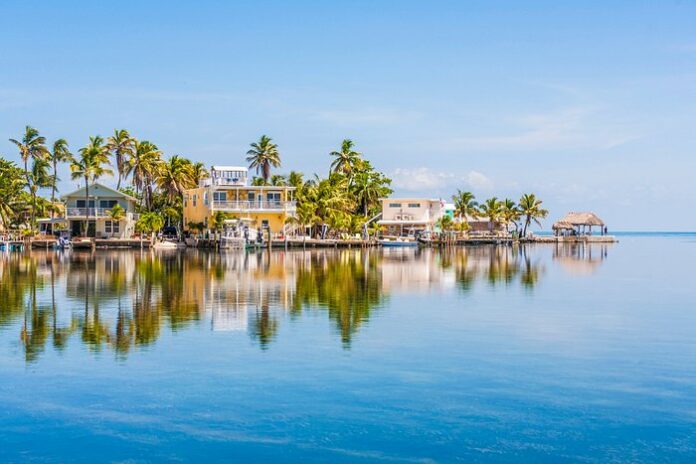The 10 Best Snorkeling Spots in the Florida Keys
Fort Zachary Taylor, Key West
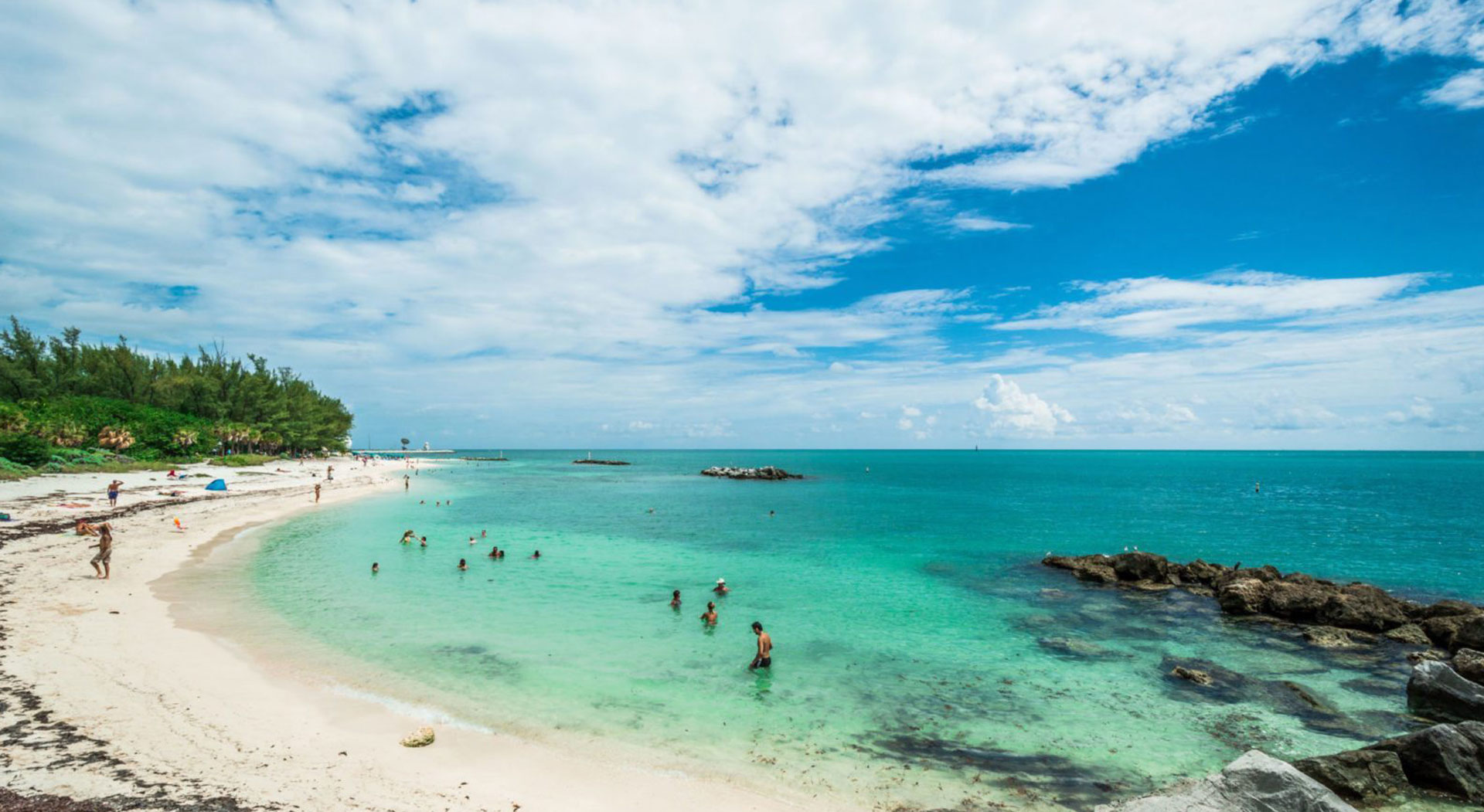
The glistening blue waters of Fort Zachary Taylor State Park are an inviting sight to behold for beginners and experienced snorkelers alike, and it’s an ideal place to become acquainted with the Keys’ marine life. Off the water, the park has a café and nature trails and offers guided toum/travel/gulf-coast/sers of the historic fort.
Fort Jefferson, Dry Tortugas
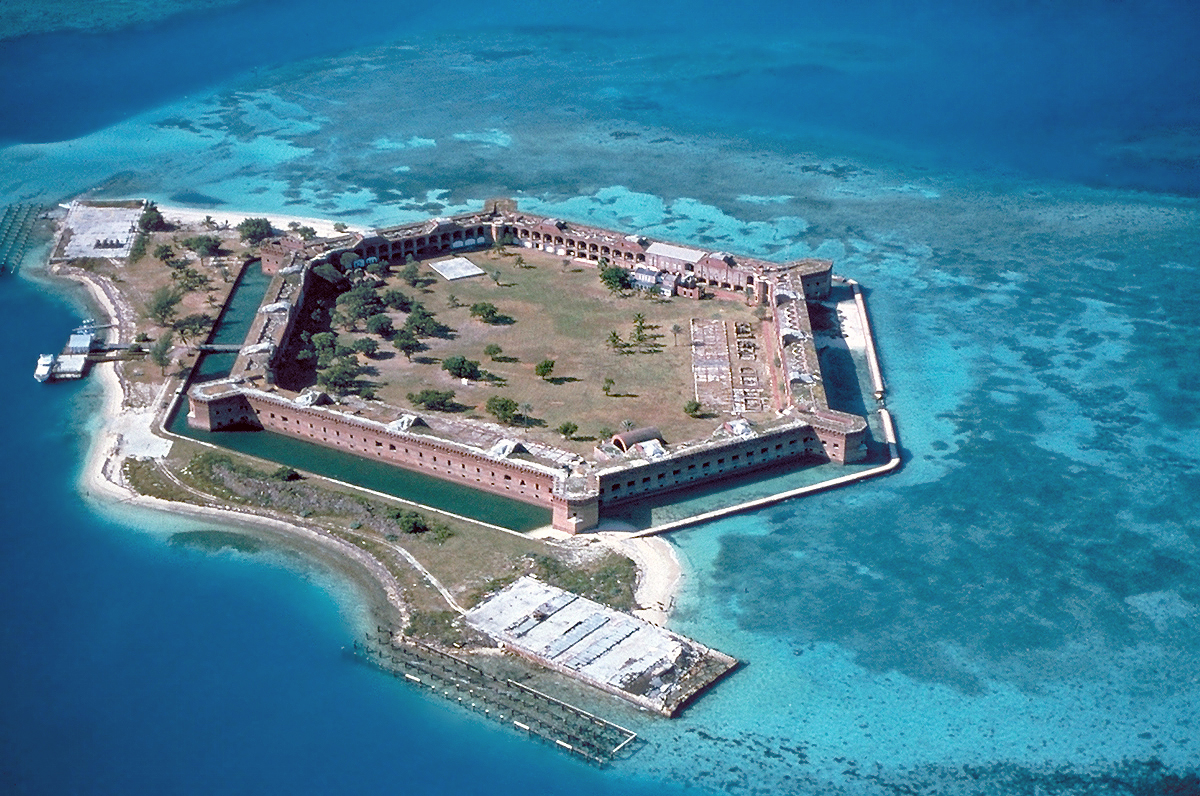
The ultimate snorkeling getaway lies 70 miles off Key West at Dry Tortugas National Park, which is only accessible by ferry or seaplane. Snorkeling the crystal-clear waters around the historic fort makes for the perfect day trip, and camping at historic Fort Jefferson allows for a number of unique adventures underwater, even night snorkeling.
John Pennekamp Coral Reef State Park, Key Largo
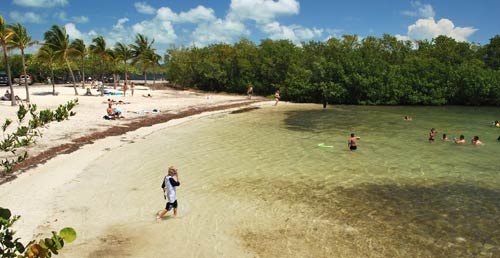
For water lovers, the options are plentiful at John Pennekamp Coral Reef State Park, the country’s first underwater park spanning 70 nautical square miles. Cannon Beach provides easy swim-out access to a visible shipwreck, but offshore snorkeling tours are the way to see the coral reefs and vibrant sea life the Keys are famous for with help from experienced guides.
Coffins Patch, Key Colony Beach
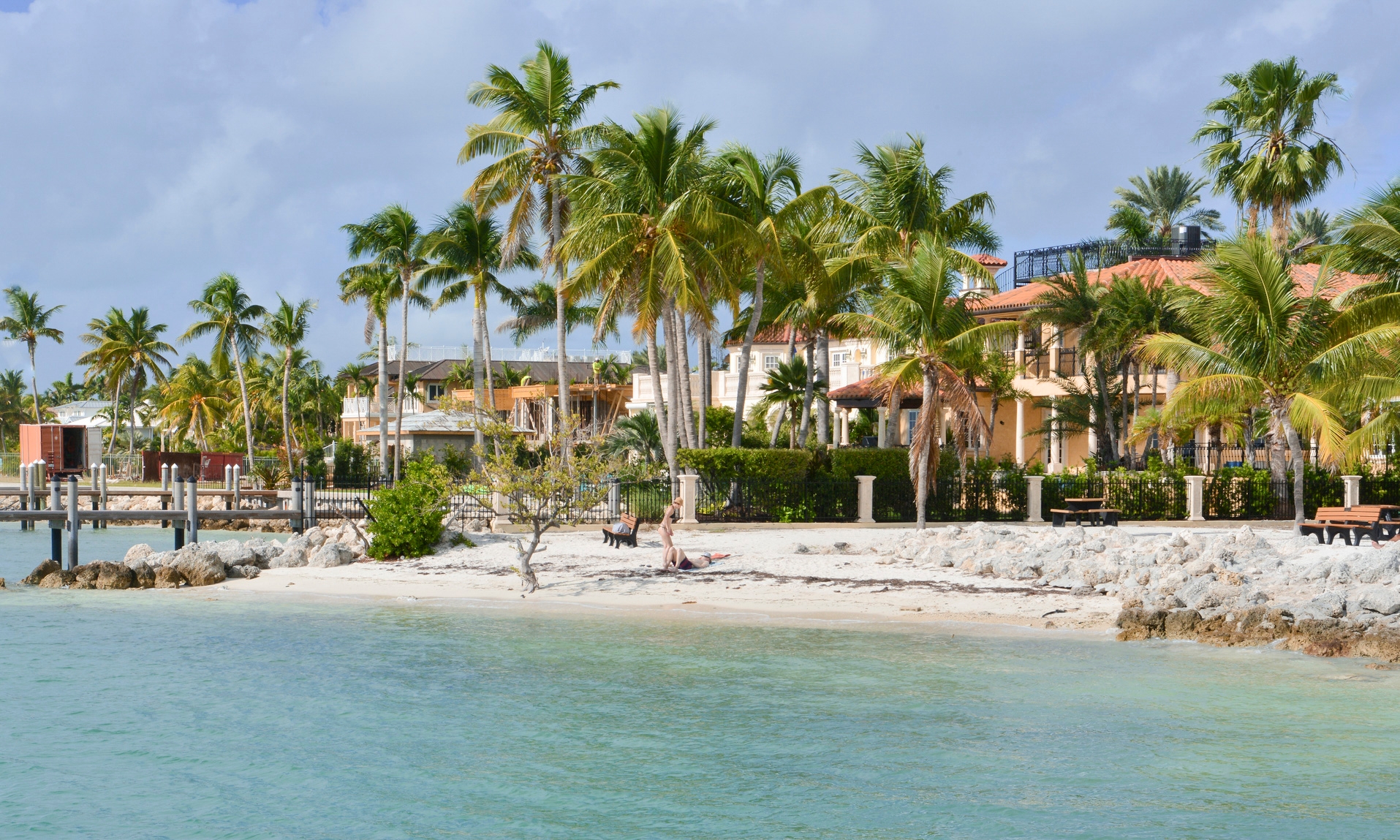
Hop on a boat to Coffins Patch, four nautical miles off Key Colony Beach, for some of the best snorkeling in the middle Keys. It’s home to myriad tropical fish, coral, and marine animals, and it’s where the Spanish ship Ignacio sunk in the 18th century.
Elliott Key, Biscayne National Park
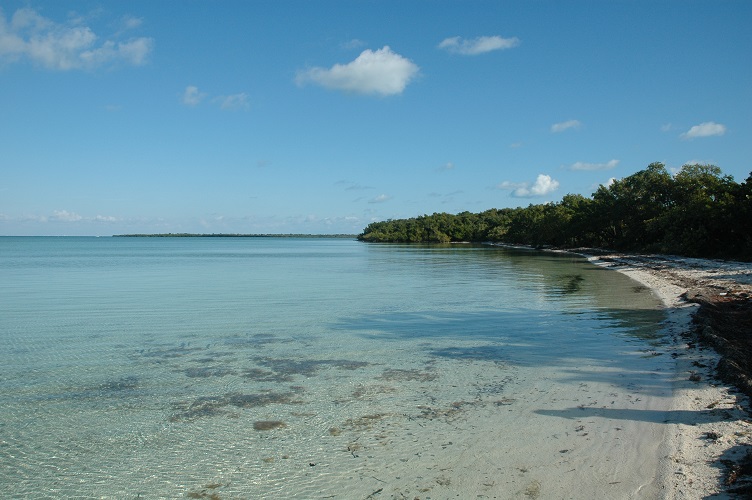
It takes some work (and a boat) to reach the reefs and shipwrecks off of Elliott Key, an island within Biscayne National Park, but it’s well worth the effort. Undeveloped Elliott Key is only accessible by boat, and the shipwrecks east of it are situated along the Maritime Heritage Trail.
Alligator Reef Lighthouse, Islamorada
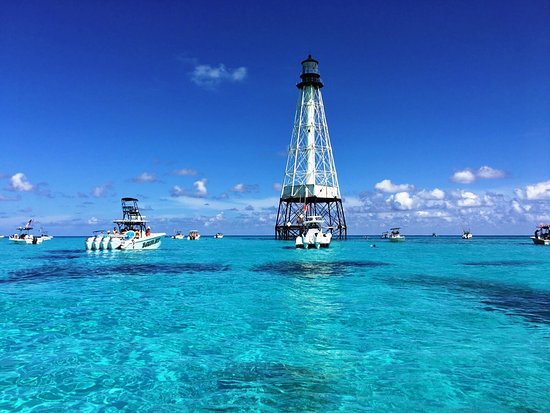
Visitors of Islamorada are just a charter boat ride and three watery miles from the historic Alligator Reef Lighthouse, where snorkelers can find hundreds of species of marine animals, including parrotfish, barracuda, rays,
Sombrero Reef, Marathon
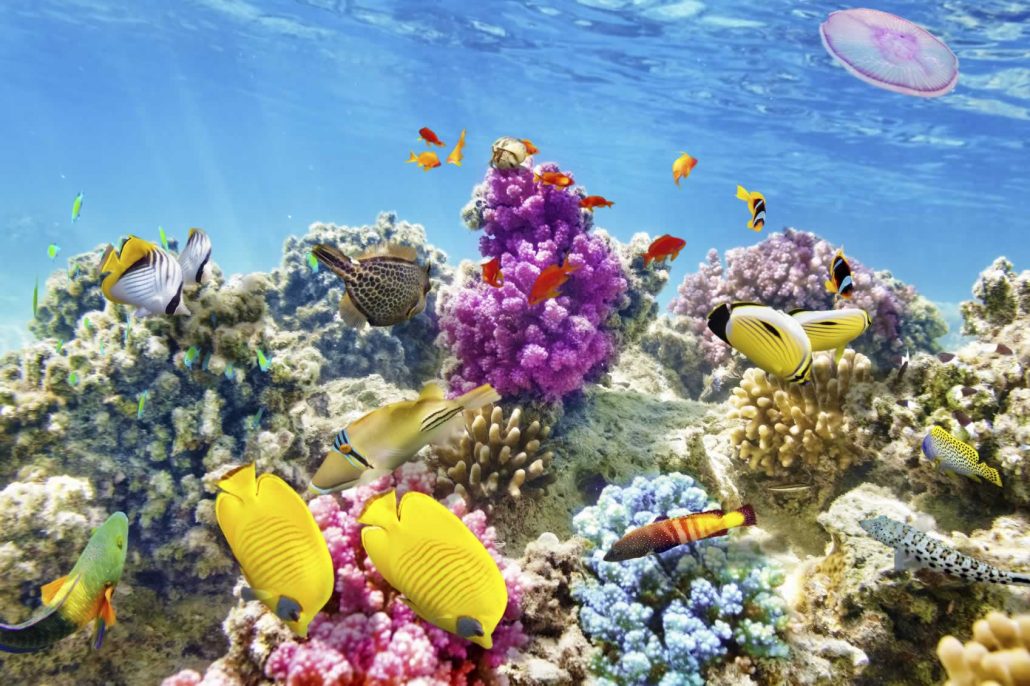
The Keys are known for their many reefs and Sombrero Reef is one of the best. It’s shallow—ranging anywhere from 2 to 30 feet deep—and spans more than 30 acres. The large coral formations of Sombrero Reef are set against a backdrop of intense blue water and dotted with brightly colored tropical fish and other sea life.
Bahia Honda State Park, Big Pine Key
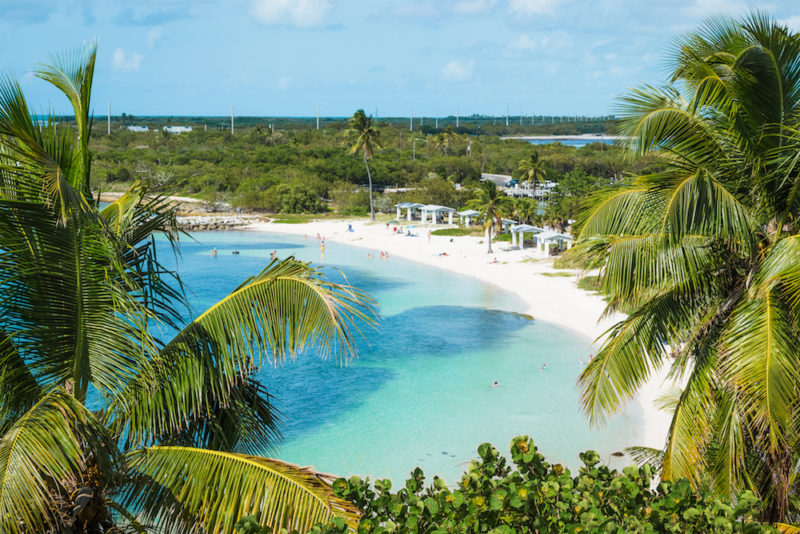
It’s easy to see why Bahia Honda State Park’s campsites are some of the most sought-after in the Florida parks system—they’re mere feet away from some of the best snorkeling spots in the Keys. The shallow water makes swimming here easy for beginners, and sea life is abundant.
Key Largo Dry Rocks, Key Largo
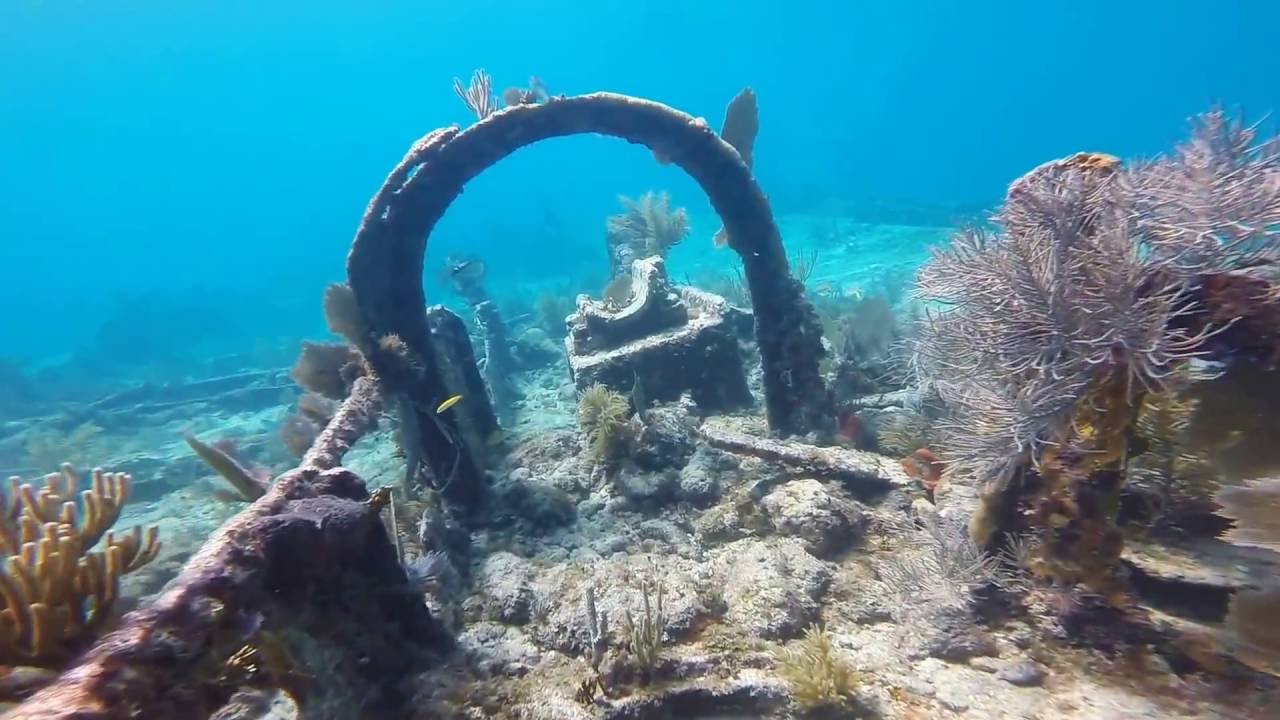
Another offshore excursion, Key Largo Dry Rocks reef east of John Pennekamp Coral Reef State Park is home to the famed Christ of the Abyss statue, which was sunk there in 1965. The nine-foot bronze statue of Jesus Christ stands in 25 feet of water and reaches up with outstretched arms toward the surface, surrounded by tropical fish and other marine life.
Looe Key National Marine Sanctuary, Big Pine Key
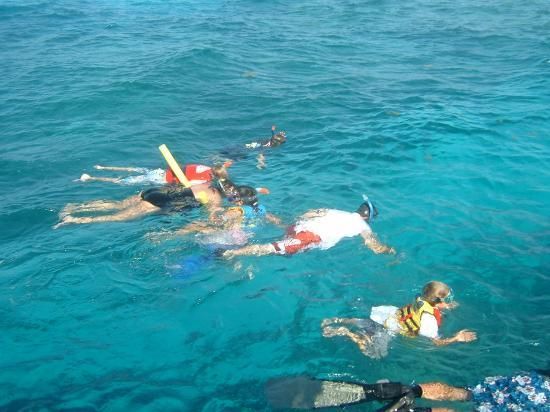
For the more adventurous, the Looe Key coral reef, protected as part of the Florida Keys National Marine Sanctuary, reaches depths of up to 100 feet and boasts steep, colorful coral formations. In addition to tropical fish such as sergeant majors, goliath grouper, angelfish and parrotfish, swimmers here can spot eagle rays, eels, lemon sharks, and reef sharks.

